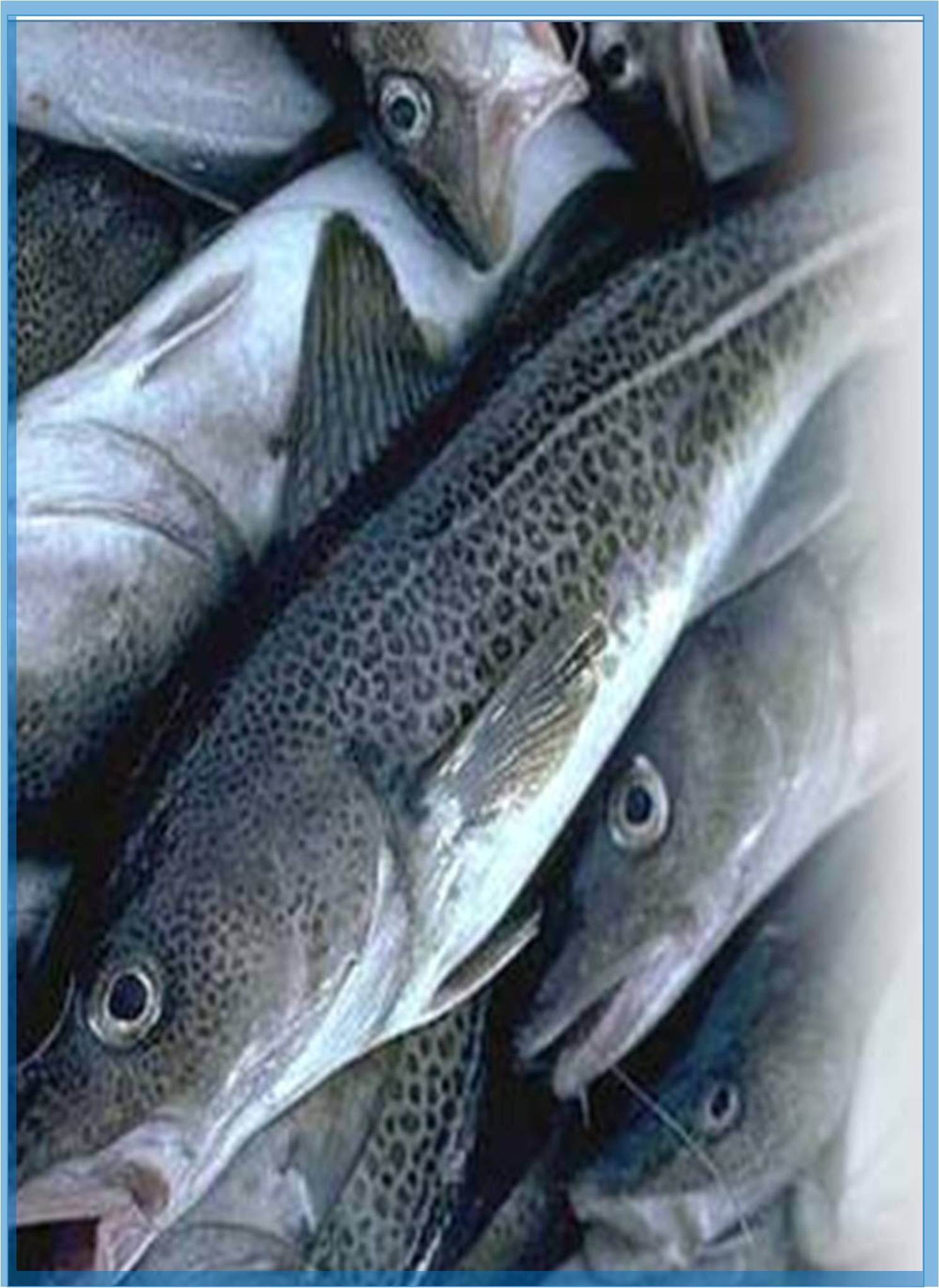



Received: 01-Aug-2022, Manuscript No. GJFA-22-71750; Editor assigned: 05-Aug-2022, Pre QC No. GJFA-22-71750(PQ); Reviewed: 22-Aug-2022, QC No. GJFA-22-71750; Revised: 29-Aug-2022, Manuscript No. GJFA-22-71750(R); Published: 05-Sep-2022, DOI: 10.15651/2408-5464.22.9.083
Viral Nervous Necrosis (VNN) is one of the most vital viral diseases affecting farmed fish in the Mediterranean. VNN can affect numerous fish species in all production phases and sizes, but it is especially severe in larvae and juvenile levels, where it can cause up to 100% mortalities. The relevance of this disease as one of the main biological hazards for Mediterranean finfish farming has been mainly addressed in two recent H2020 projects: PerformFISH and MedAID. The existence of the virus in the atmosphere and in the farming systems poses a serious menace for the development of the Mediterranean finfish aquaculture. Some risks related to the VNN development in farms have been recognized in the different phases of the farming system. The main risks concerning VNN disturbing gilthead seabream and European seabass have been identified as restocking from wild fish in broodstock facilities, the source of eggs and juveniles, quality water supply and live food in hatcheries and nurseries, and infected juveniles and site of farms in prevalent areas for on-growing sites. Due to the potential severe effect, a holistic integrated board approach is the best plan to control VNN in marine fish farms. This approach should include continuous investigation and accurate diagnosis, important for an early intervention when an outbreak occurs, the implementation of biosecurity and disinfection processes in the production locations and systematic vaccination with effective vaccines. New strategies are becoming more applicable, such as the use of genetic resistant lines and boosting the fish immune system though nutrition.
VNN can infect all the different phases in the production scheme but the risks and the expression of the disease can be different in each phase and depend on many other factors. Maybe one of the most evident effects of acute VNN outbreaks are the catastrophic consequences seen in hatcheries with huge mortalities up to 100% of the stock or in cages with cumulative mortalities up to 35% in 35 g seabass and 25% in 150 g sea bass. In addition, the consequences of the presence of the virus in the conveniences go beyond the impact of the mortalities. Even if there are no mortalities or the fish does not show any signs of VNN, the uncovering of betanodavirus-positive fish in a seabream or seabass broodstock facility or the detection of positivity in a single batch of larvae, postlarvae or juveniles may put in serious jeopardy the whole hatchery or nursery. In the case of virus-positive juvenile stocks, viral detection even in the absence of mortality should be lands for averting movement and obviously they should not be sold. Consequently, this virus-positive stock becomes a significant logistic and health problem for the farm and should be immediately sacrificed due to risk of spread of NNV.
The presence of a betanodavirus positive batch of larvae can have also distressing effects, as this usually forces the hatchery to establish radical measures, including the ruin of the whole group of larvae, the application of strict disinfection measures, intense monitoring of the subsequent batches and therefore limiting the production capacity of the facility for many weeks. The condition can be even worse if the broodstock also tests positive for betanodavirus, as this can compromises the viability of the future production batches and the investment in genetic selection performed.